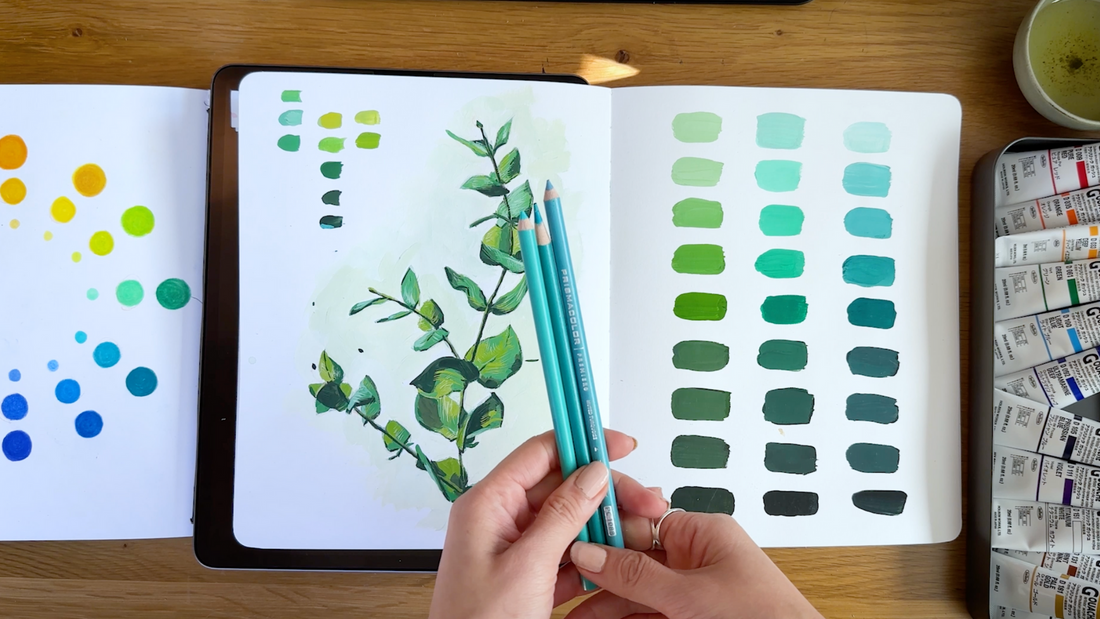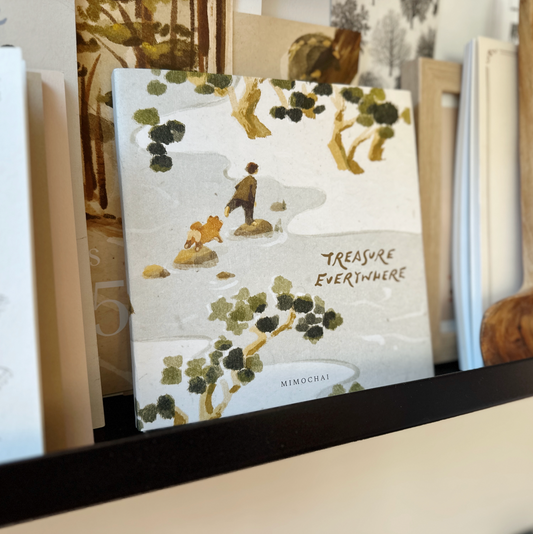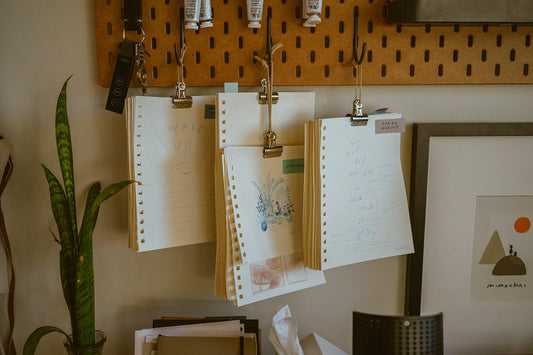
Color Psychology for Artists
Color has a profound impact on our psyche, influencing our perceptions, moods, and reactions. Artists can use color psychology to enhance the mood and meaning of our artwork. Color psychology can inspire the color selection in your artwork and help you communicate your vision :)
 What mood do the colors create in Play?
What mood do the colors create in Play?
The Influence of Color on Emotions
Colors have the ability to evoke specific emotions and psychological responses. Warm colors like red and orange can stimulate energy, passion, and excitement, while cool colors like blue and green evoke feelings of calmness, tranquility, and harmony.
For example, using warm tones in an intense and dynamic composition can ignite feelings of playfulness and enthusiasm, while cool hues in a serene landscape can evoke a sense of peacefulness and serenity.
Here are common meanings associated with each color (in Western culture - more on this below!)

Creating Mood and Atmosphere
Well-chosen colors can also set the mood and establish the atmosphere of a piece of art. Darker and desaturated colors can create a sense of mystery, drama, or melancholy, while brighter and vibrant colors can evoke joy, optimism, and vibrancy. By carefully selecting and combining colors, artists can effectively convey the desired mood and atmosphere in their artwork. Consider the use of warm, earthy tones in a nostalgic scene or bold, contrasting colors to express a sense of tension and energy.
Symbolism and Cultural Meanings: Colors often carry symbolic meanings and cultural associations that vary across different societies and contexts. For example, red symbolizes luck and prosperity in Eastern cultures, and passion and danger in Western cultures. Consider your inspirations and your audience to add color symbolism into your drawings. Exploring the cultural significance of colors and incorporating them thoughtfully can add depth and layers of meaning to your creations.
Remember, color psychology is just a starting point. Every artist has their own unique preferences and intuitive understanding of what colors look good together. Your own art style will emerge from experimenting with these concepts and combining them with your own intuition.
So, grab your brushes (or your tablet) and start coloring! :) You can also read our other blog posts on color, and sign up for our Drawing Foundations class to get more guidance effectively using color in your art.
Happy coloring!
-M 💛



